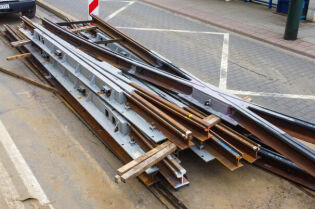9.4oC
1004.4 hPa
Źródło danych: IMGW-PIB
Grzegorza i Aleksandra
JAKOŚĆ POWIETRZA data pomiaru 2024-04-24 14:00 data pomiaru 2024-04-24 14:00 data pomiaru 2024-04-24 15:00 data pomiaru 2024-04-24 15:00 data pomiaru 2024-04-24 14:00 data pomiaru 2024-04-24 15:00 data pomiaru 2024-04-24 14:00 data pomiaru 2024-04-24 14:00 data pomiaru 2024-04-24 14:00
Umów się na wizytę w Urzędzie Miasta Krakowa WIĘCEJ
Aktualności

Remont ul. Kościuszki: zmiany w kursowaniu linii 134 i 502

Szkoły podstawowe rekrutują do pierwszych klas

Składanie wniosków do planu ogólnego przedłużone

Chodź na maraton fitness! Ostatnie wejściówki do pobrania

Kontynuujemy cykl ważnych rozmów o bezpieczeństwie

Roboty na moście Dębnickim – od czwartku zmiany dla pieszych i rowerzystów

Zapoznaj się z planami budowy nowych chodników i zgłoś uwagi

Zobacz, co słychać w Twojej dzielnicy

Roboty przy przystanku „Politechnika”, tak będą kursować tramwaje

Tak pojedzie komunikacja miejska w czasie weekendu majowego

W Krakowie powstanie trzecia tężnia solankowa

Apel o ochronę Lajkonika jako jednego z symboli Krakowa

Budowa S7 – tak od 6 maja pojadą autobusy i tramwaje

Aleksander Miszalski prezydentem Krakowa

Młodzież wybrała zwycięskie projekty

Zapraszamy na kolejne miejskie kontrole rowerowe
Informacje praktyczne
Multimedia
Opinie, stanowiska, polemiki
Kraków w pigułce
Kraków dla
E-samorząd
Polecamy
Atrakcje turystyczne

















